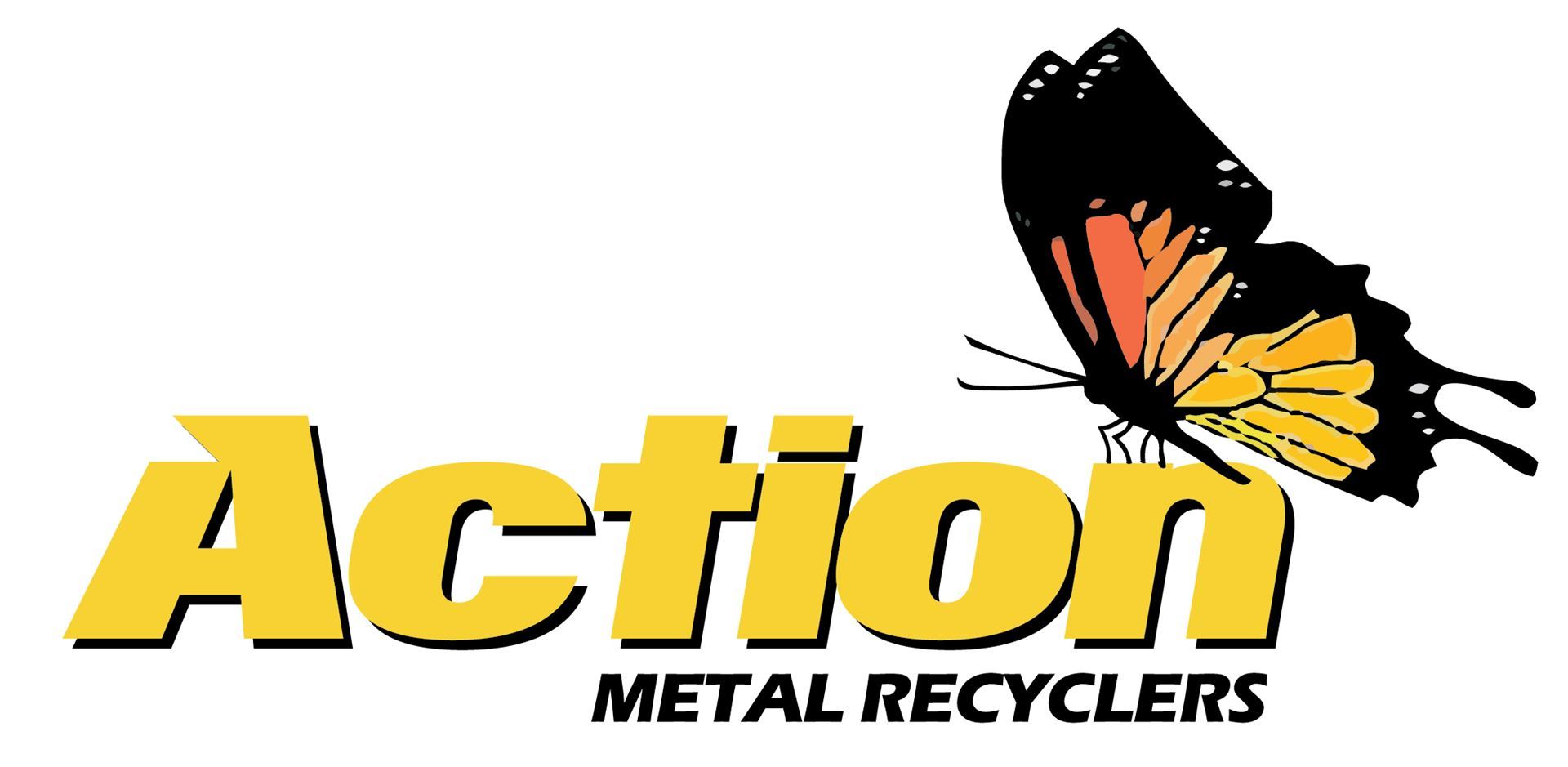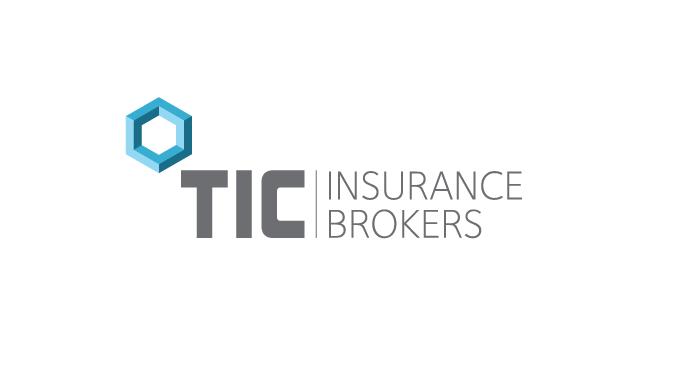
Doing the wrong thing with asbestos could expose you, or your family or neighbours, to life-threatening illnesses. Do not touch any asbestos in your home until you are properly informed. Before starting any home renovation job, it is vital that you know whether any asbestos is present and, if so, what kind and in what quantities. If you have any unbonded (friable) asbestos, the law says it must be dealt with only by a licensed operator. It is illegal and unsafe for you to try to remove it yourself. If you have any bonded asbestos (non friable), you may need a licence to remove it, depending on how much there is. As of 1 July 2006, if you have more than 10 square metres of bonded (non friable) asbestos, it must be dealt with by a licensed operator. Quantities less than 10 square metres do not require a licence. See Removal and disposal for more information on licensing. |
Identifying asbestos
Asbestos is not always obvious. But past building practices mean some parts of a home or building are more likely to contain asbestos than others.
Common places you are likely to find asbestos around your home are:
Outside
- Wall and roof materials (flat, patterned or corrugated asbestos sheeting)
- Lining under eaves
- Imitation brick cladding
- Electrical meter boards
- Backyard garden sheds, carports, garages and dog kennels
Inside
- Interior walls
- Sheet materials in wet areas (bathroom, toilet and laundry walls, ceilings and floors)
- Vinyl floor tiles, the backing to cushion vinyl flooring and underlay sheeting for ceramic tiles
- Insulation materials in heaters and stoves
Be especially careful of these areas and remember: the only certain way to identify asbestos is to have samples tested in a laboratory. For more information or advice on sampling and testing, call a DAIA member.
Guides and Posters
Guides and Posters were developed to provide more information on common locations of materials containing asbestos in a house, a house built in the 1970’s and in a commercial building. These posters were designed to assist the home owners and renovators, apprentices, tradesmen, asbestos removalists and the general public.
Removing non friable (bonded) asbestos
If you know you have non-friable (bonded) asbestos, and you are permitted to remove it (i.e. it is less than 10 square metres or, if it is 10 square metres or more, you hold a 'B' class licence), make sure that:
- the work area is cordoned off (e.g. with barrier tape) to ensure unprotected people cannot enter the area
- people involved in the removal process are wearing suitable protective equipment (i.e. disposable coveralls and a P2 respirator)
- the product is wet down prior to removal, except where this would be dangerous (e.g. on a roof)
- damage or breakage of the material is minimised
- plastic drop sheets are used and all surfaces wet wiped (i.e. wiped down with a wet cloth after the job is completed)
- people involved in the removal process use some form of decontamination process after the work is completed
- work is performed in a well-ventilated area, and in the open air where possible
- power tools are never used, as they may disperse fibres into the air.
More detailed instructions for individual tasks you may need to carry out can be found in the Workplace Health and Safety Queensland How to Safety Remove Asbestos Code of Practice 2011. Procedures for smaller jobs involving working with asbestos can be found in the appendices to the Workplace Health and Safety Queensland How to Manage and Control Asbestos in the Workplace Code of Practice 2011
Appendix F covers a range of topics:
- Safework Practice 1 Drilling of asbestos-containing materials
- Safework Practice 2 Sealing, painting, coating and cleaning of asbestos cement products
- Safework Practice 3 Cleaning leaf litter from the gutters of asbestos cement roofs
- Safework Practice 4 Replacing cabling in asbestos cement conduits or boxes
- Safework Practice 5 Working on electrical mounting boards (switchboards) containing asbestos.
Please note that all information here is provided as a guide only. For detailed advice, consult an asbestos consultant or contractor.









